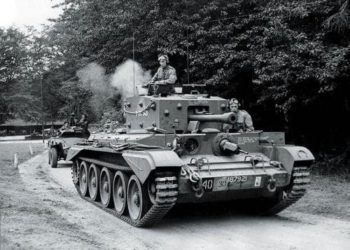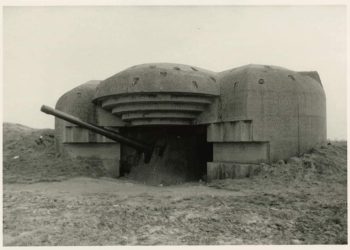1886: The Torpedo Shell Crisis. 1886 saw the dawn of modern artillery and dusk of brick and mortar era fortifications.
From the early 1870s to the mid-1880s, many innovations transformed artillery systems: Cast iron projectiles gave way to steel ones. The shells went from being spherical to cylindrical. Muzzleloading pieces gave way to breech loading ones.
Finally, black powder was replaced by more stable but much more powerful chemical explosives. The end results meant that within a decade or so, artillery platforms gained in range, power, and lethality.

In 1886, the French army conducted trials with modern shells on the Malmaison fort, a stone, brick, and mortar Séré de Rivières type fortress, covered in packed sloped earth embankments and surrounded by a dry moat. Those modern shells were at the time called “The Torpedo Shell” due to their slender shape.
The fort was readied for “war” with windows obstructed by steel beams and mattresses, as per Army regulations at the time. Malmaison was subsequently shelled. Modern shells were also remotely detonated in the moat. The results terrified not only the French high command but several military architects of the period: Shells that were detonated in the moat produced shrapnel that could damage and sometimes penetrate the steel beams used to condemn windows.
155mm shells impacting on the fort caused damage to the brick roof which was 80cm thick and covered by 1.5m of packed earth. The 220mm shells would often completely penetrate the fort, detonating inside with catastrophic results. From August to October, 170 shells were fired against the Malmaison fort. The 155mm shells weighed 40kg. The 220mm shells came at 90kg. The fort was left in ruin…

The conclusion was simple: All “modern” fortifications built in Europe from 1870 onward were already obsolete by 1886! The next generation of forts would have to be built deeper and in concrete if they were to have a chance of survival.











